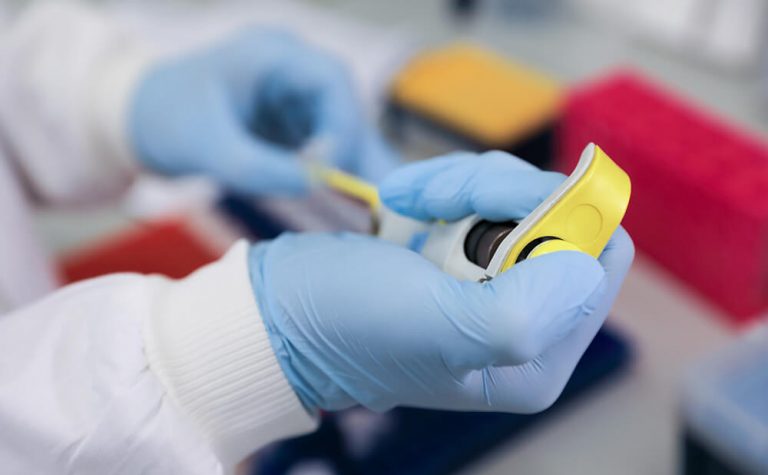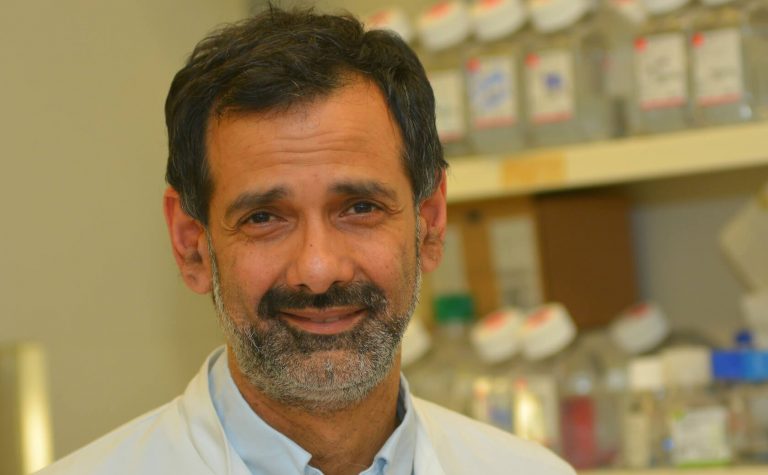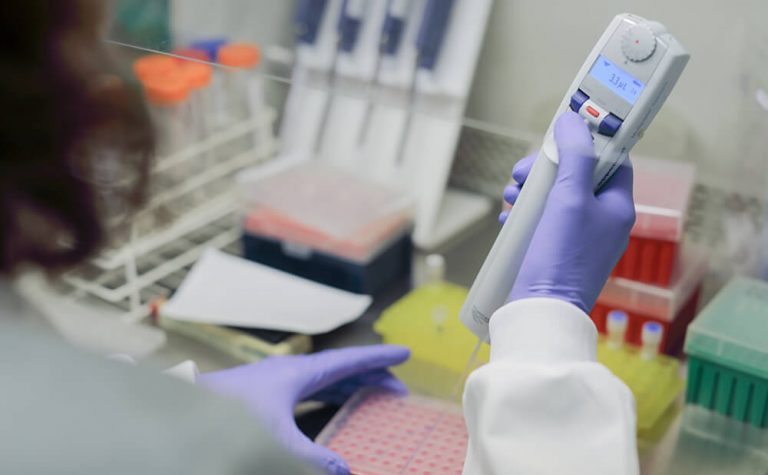Chemotherapy will usually cause unwanted side effects because the drugs affect normal cells as well as cancer cells. In particular, chemotherapy drugs affect parts of the body where cells multiply quickly. These include the lining of the mouth and gut, the bone marrow where blood is produced, and hair follicles.
There are lots of possible side effects, some of which are more likely to happen than others. The side effects your child may experience depends on the combination of drugs they will receive. If your child is having high doses of chemotherapy, they may also experience more complex side effects.
Your child’s healthcare team can give you more specific information about the side effects your child may experience.
Short-term side effects of chemotherapy
Some side effects occur shortly after chemotherapy has begun and may last only a few weeks or months after treatment has ended. The most common short-term side effects include:
- Tiredness (fatigue) – either feeling tired all the time or tiring easily during normal activities.
- Feeling sick (nausea) and vomiting – caused by the effect that chemotherapy can have on the lining of the gut. Anti-sickness medication can be prescribed to help reduce this.
- Hair loss – most commonly from the hair on the head, but sometimes children can lose eyebrows, eyelashes, and hair from the arms and legs as well. Their hair will almost always grow back after treatment ends, though it may be a different texture or colour to how it was before.
- Reduction in the number of blood cells – chemotherapy can affect the bone marrow, where blood is produced. This can lead to side effects such as bruising and bleeding, and being more prone to infections. It may also lead to anaemia – a condition which can leave someone looking pale and feeling tired or short of breath.
Other short-term side effects may include mouth ulcers, changes to taste, sensitive skin, changes to hearing, or a tingling sensation in the hands and feet.
There are many more potential side effects than it is possible to list here. You can ask someone in your child’s healthcare care for more information about possible side effects, or if you or your child are concerned about anything.
Long-term and late side effects of chemotherapy
Some side effects may last for months or even years after chemotherapy has ended. Other ‘late’ side effects may not appear until long after treatment has ended. These long-term side effects may include:
- Kidney, liver, or heart problems – some chemotherapy drugs may cause damage to these organs. The doctors will do tests to check that the kidneys, liver, and heart are working normally, if needed.
- Infertility – this treatment can affect the testicles and ovaries, even in young children, which may reduce their fertility later in life. Egg or sperm banking might be advised for some children.
- Second cancers – for some chemotherapy drugs, there’s a very small chance that they may increase the chance that a child develops another type of cancer later in life.
The healthcare team looking after your child will be able to provide more information about the specific side effects that they might experience, and what can be done to reduce the chance of them happening or reduce their impact.


